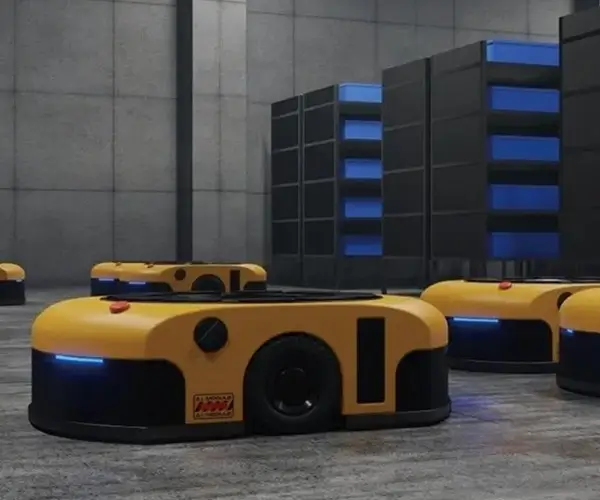In the rapidly evolving world of DIY electronics and robotics, Arduino has become a household name—renowned for its accessibility, versatility, and a vibrant community backing countless innovative projects. Among the myriad features Arduino offers, controlling servo motors stands out as a fundamental yet exciting skill, especially when you’re working with multiple motors simultaneously. Today, let’s delve into the fascinating realm of commanding two servo motors using Arduino—breaking down the essentials, exploring sample codes, and sparking your creative ideas.

Understanding Servo Motors in Robotics Before jumping into code, it’s important to understand what servo motors are and why they’re indispensable in robotics. Unlike simple DC motors, servos incorporate a feedback system, allowing precise control over angular position. This makes them ideal for applications like robotic arms, steering mechanisms, camera gimbals, and countless automation projects. They typically operate within a range of 0° to 180°, controlled via PWM signals—pulse-width modulation—which tells the motor where to turn.
The Role of Arduino in Servo Control Arduino acts as the brains of your project, sending PWM signals to the servo motors based on your programming logic. The beauty of Arduino is its simplicity—using designated libraries, beginners can easily get two or more servos up and running with just a few lines of code. Its open-source nature and vast online resource pool make troubleshooting and enhancements straightforward.
Getting Started: Hardware Setup To work with two servo motors, you’ll need:
An Arduino board (such as Arduino Uno) Two servo motors A power supply compatible with your servos (often 5V) Jumper wires Breadboard (optional, for cleaner wiring)
Connect each servo’s power and ground wires to the Arduino’s 5V and GND pins, respectively. The control wires (usually white or yellow) connect to two digital PWM-enabled pins, say pin 9 and pin 10. Keep in mind, if your servos draw significant current, it’s advisable to power them separately rather than relying solely on the Arduino’s onboard power.
Why Use a Library? In the Arduino ecosystem, the built-in Servo library simplifies PWM control. Instead of manually generating signals, you can invoke simple commands like servo.write() to set positions, making your code cleaner and easier to understand.
Sample Hardware Wiring Diagram:
Servo 1 control: Arduino pin 9 Servo 2 control: Arduino pin 10 Power (VCC): External 5V power supply or Arduino 5V (if servos are low power) Ground: Common ground between Arduino and power supply
But enough about hardware for now—let's focus on writing code that makes those servos dance to your tune.
(Stay tuned for Part 2, where we’ll explore detailed coding examples, troubleshoot common issues, and inspire creative projects using dual servo control in Arduino.)
Leveraging innovations in modular drive technology, Kpower integrates high-performance motors, precision reducers, and multi-protocol control systems to provide efficient and customized smart drive system solutions.




































